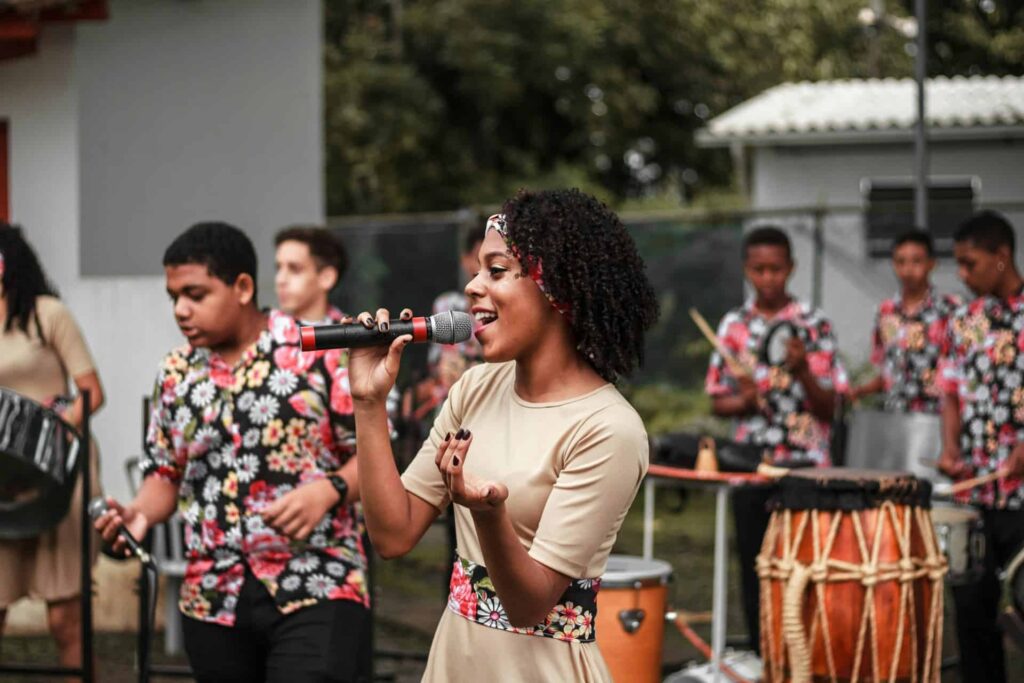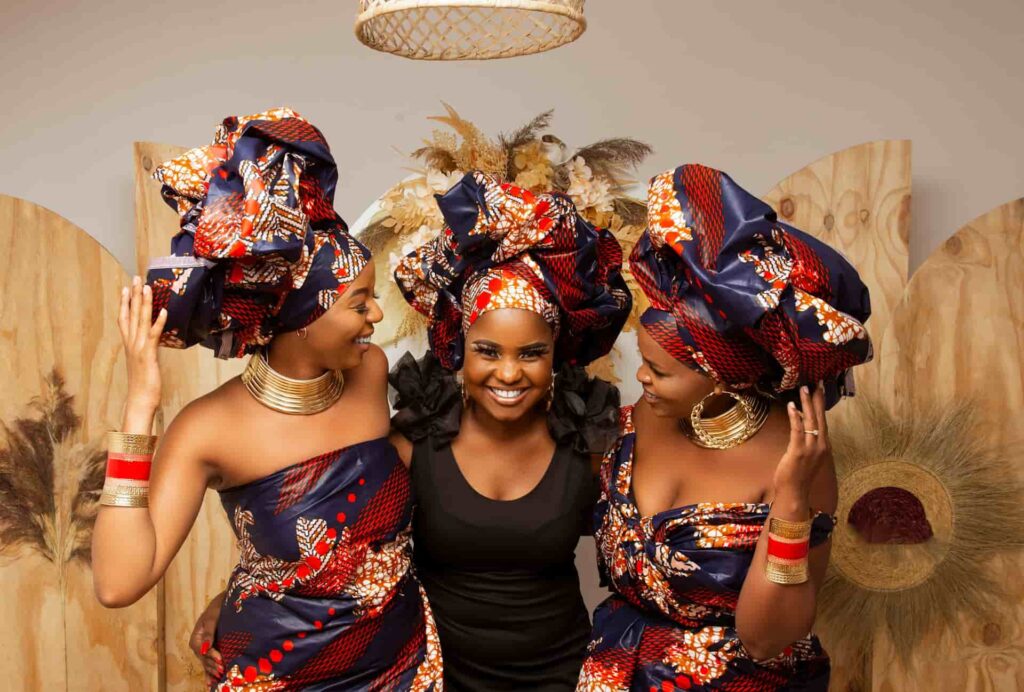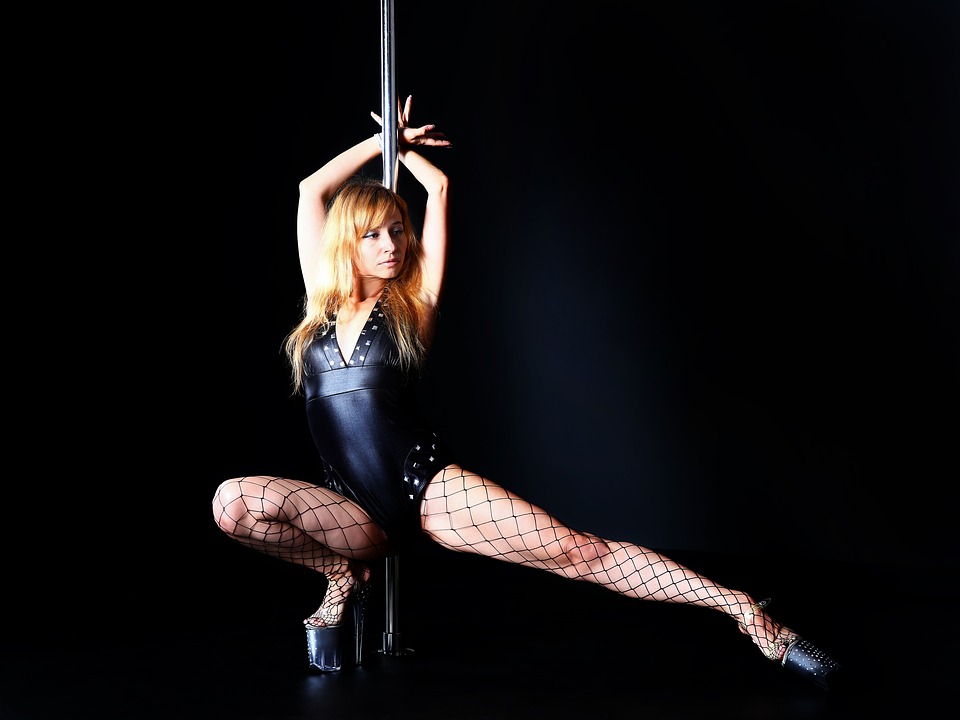
Summary
Come and meet Haitian dance!
Haitian dance is an open door to the vibrant culture of Haiti. Rich in history and meaning, they combine African, European and Native American traditions. This article explores the main Haitian dances and their cultural significance.
Summary
Introduction to Haitian dances
Discover how Haitian dance which includes Meringue, Rabòday and Yanvalou embody the soul of Haiti. Learn the basic movements and understand their deeper roots. Each dance tells a unique and fascinating story.
What is Haitian dance?
Haitian dances are a rich and diverse cultural expression. They draw their roots from a mix of African traditions, European and Native American, reflecting the complex history and cultural diversity of Haiti. Each dance tells a story, expresses emotions and celebrates life in a vibrant and dynamic way.
The movements in Haitian dances are rhythmic and energetic. They captivate spectators with their intensity and expressiveness. You will often see dancers performing rapid and precise movements, accompanied by captivating percussion, creating an immersive and unforgettable experience.
Importance of dance in Haiti
In Haiti, dance is a central element of culture. It is not just limited to a form of entertainment but plays a crucial role in celebration of identity and heritage. Traditional dances are ways in which Haitians honor their ancestors and continue cultural traditions.
Dance is also a powerful way to transmission of traditions from generation to generation. Through movements and rhythms, young people learn the history of their people and strengthen their connection with their roots. Festivals and ceremonies are occasions when the entire community comes together to dance and celebrate together, paying homage to their shared heritage.

Main Haitian dances
Meringue
Meringue is often considered to be the national dance of Haiti. Its origin is controversial, with some seeing African influences, while others emphasize a European origin, notably French and Spanish. This dance is characterized by fluid and elegant movements which reflect a certain lightness. The dancers move in harmonious figures and lines, often in pairs, while maintaining intense and complicit eye contact. Meringue is distinguished by its fast rhythm and simple but elegant basic steps, making this dance accessible to everyone, while remaining captivating for spectators.
The Rabòday
Rabòday is a couple dance sensual and energetic which has gained popularity in recent years. This dance is characterized by bold and dynamic movements, highlighting intense bodily interaction between partners. There are many regional variations of Rabòday, such as Rabòday Nago and Rabòday Petro, each with its own particularities. Rabòday's movements are often fast and demanding, requiring good coordination and boundless energy. This dance is a true spectacle of passion and vitality, embodying the free and rebellious spirit of young Haitians.
The Yanvalou
Yanvalou is a ritual dance of African origin, linked to voodoo practices. This dance is characterized by movements slow and hypnotic, symbolizing the spiritual connection with the deities. The dancers perform undulating gestures, imitating the movement of waves, in perfect synchronization with the songs and percussion. Yanvalou is often danced during religious ceremonies, where it plays an essential role in rites and spiritual invocations. This dance is a deep expression of spirituality and tradition, rooted in Haitian history and culture.
Other popular dances
In addition to major dances like Meringue, Rabòday and Yanvalou, Haiti is home to a variety of other popular dances, each with its own identity and cultural significance.
- The Banda : A joyful and rhythmic dance, often associated with festivities and community celebrations.
- Kongo : Dance of African origin, characterized by powerful movements and percussive rhythms.
- The Mahi : A dance that combines traditional and contemporary elements, reflecting the evolution of Haitian culture.
- The Trouvadou : A dynamic group dance, highlighting cooperation and coordination between dancers.
Each of these dances contributes to the richness and diversity of Haitian cultural heritage, offering a unique insight into the soul and spirit of the Haitian people.
Stories and meanings behind the dances
African roots
Haitian dances draw a large part of their essence from African influences, notably of the Fon, Yoruba, and Kongo peoples. These traditions crossed the Atlantic with slaves and took root in Haiti. African dances are often linked to rites and beliefs, playing a crucial role in religious and social ceremonies.
Yanvalou, for example, is a voodoo dance of Dahomean origin (present-day Benin). This ritual dance is performed to honor the loas (spirits) and is characterized by undulating, repetitive movements that imitate ocean waves. She embodies spiritual depth and connection with ancestors, showing how African culture has shaped religious and social life in Haiti.
Colonial heritage
The colonial heritage has also left an indelible mark on Haitian dances. THE European contributions, particularly French and Spanish, are manifested in adapted ballroom dances, such as contradance and minuet. These influences blend with African traditions, creating unique and hybrid dance forms.
Meringue, for example, is often inspired by European contradance. Although its origins are debated, Meringue combines refined European elements with African rhythms and movements, creating an elegant and playful dance. This fusion illustrates how Haitians adapted and transformed colonial influences into an authentically Haitian expression.
Resistance and affirmation of identity
Haitian dances also served as means of resistance and affirmation of identity. During the era of slavery, dancing was often an act of rebellion against oppression, a way to preserve and celebrate African traditions despite efforts to eradicate them.
Rabòday, for example, is a dance that has been banned by the Church because of its sensual connotations and its association with voodoo rites. Despite this, it has endured as a symbol of defiance and resistance. Today, Rabòday continues to embody the rebellious and free spirit of Haitians, celebrating freedom and self-determination.
How to dance Haitian dances?
Learn the basic steps
To dance Haitian dances, it is essential to master characteristic hip and foot movements. These dances are rooted in rhythm and music, creating a deep connection between the dancer and the vibrant percussion.
The basic steps of Meringue, for example, are simple but elegant. Dancers move by sliding their feet along the floor while performing synchronized hip movements. It is an accessible dance, but requires good coordination to capture all its fluidity and grace.
Tips for Beginners
- Start slowly and take your time to learn the basic movements.
- Let yourself be guided by the music, soaking up the rhythm and beats.
- Practice regularly to improve your fluency and confidence.
Master regional styles
Haitian dances vary according to region, each area bringing its own local cultural influences and its particularities. Learning to dance Rabòday, for example, can lead you to discover its many regional variations.
The Rabòday Nago of Northern Haiti is distinguished by faster and more intense movements. By exploring these regional styles, you enrich your understanding of the diversity and richness of Haitian dances.

Conclusion
Haitian dances are a vibrant celebration of Haiti's history and culture. They mix African, European and Native American traditions. By mastering these dances, you connect deeply to this rich cultural diversity.
Each dance, from Meringue to Yanvalou, tells a unique story. They express emotions, rites and acts of resistance. Learning their basic movements enriches your understanding of Haitian culture.
Dance with DECIBEL
If you love combining dance and cardio, DECIBEL® is for you. In 45 minutes, our dynamic classes combine dance and fitness to improve your endurance and sculpt your figure.
Experience varied and energetic choreographies in a friendly atmosphere. Our motivating coaches will help you tone your abs, thighs and glutes, all to lively music and under soothing lights.
At DECIBEL®, each session is a real pleasure!
Read also
follow us
on instagram
Follow our news,
take advantage of our tutorials and participate to our
contests!
BREAKING NEWS!
Receive our newsletter.






